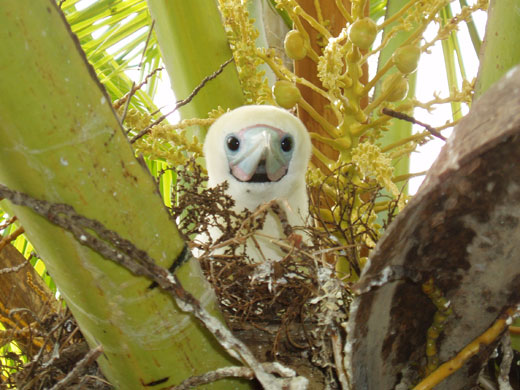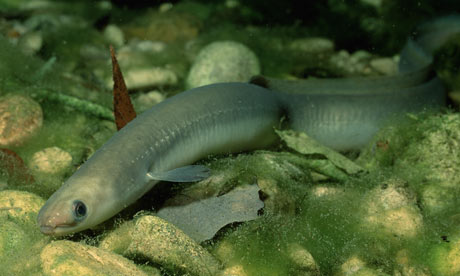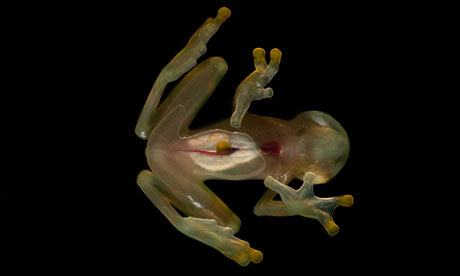
Student Award Opportunities Wildlife Disease Association Annual Meeting
30 May – 4 June 2010
Puerto Iguazú, Argentina
Each year the Wildlife Disease Association (WDA) sponsors student award competitions. At the 2010 WDA meeting, students are encouraged to compete for four awards:
- Awards for graduate research (a stipend, maximum of $5,000 US, for the WDA meeting)
- Best student presentation ($250 and a plaque)
- Best student poster ($250 and a plaque)
- One academic scholarship ($2,000 US)

The WDA meeting is to be held May 31 to June 4, 2010, at Iguazú, Argentina. WDA invites interested students, with relevant research topics, to apply for the various awards.
Application Details
- Applications for all four awards are due March 5, 2010.
- Applicants for all awards must be student members of the WDA at the time applications or abstracts are received. Information about WDA student membership can be found at: http://www.wildlifedisease.org/membership.htm.
- Applicants for the Graduate Student Research Recognition and Graduate Student Scholarship Awards must be pursuing an advanced (graduate) degree at the time of application.
- Applications for the graduate research recognition award and the student scholarship must be submitted as an e-mail attachment to Dr. Kevin Keel at mkkeel@uga.edu by 5:00 PM EST of the date due.
- Abstracts submitted for student presentations and student posters must also be submitted to the scientific program chair for the annual conference.
- Instructions for abstract submissions can be found on the conference website (http://sites.google.com/site/wda2010argentina).
What Essential Resource Should Every Wildlife Professional Know About?
Know of a invaluable resource (e.g. manual, website, online database) that every wildlife professional should be aware of? Send the title and a link (if available) of this indispensable resource to us at wdin@usgs.gov and we will share it with your colleagues on the Digest. In a less-than-two-minute email you can pass on your knowledge and help a fellow wildlife professional.





























